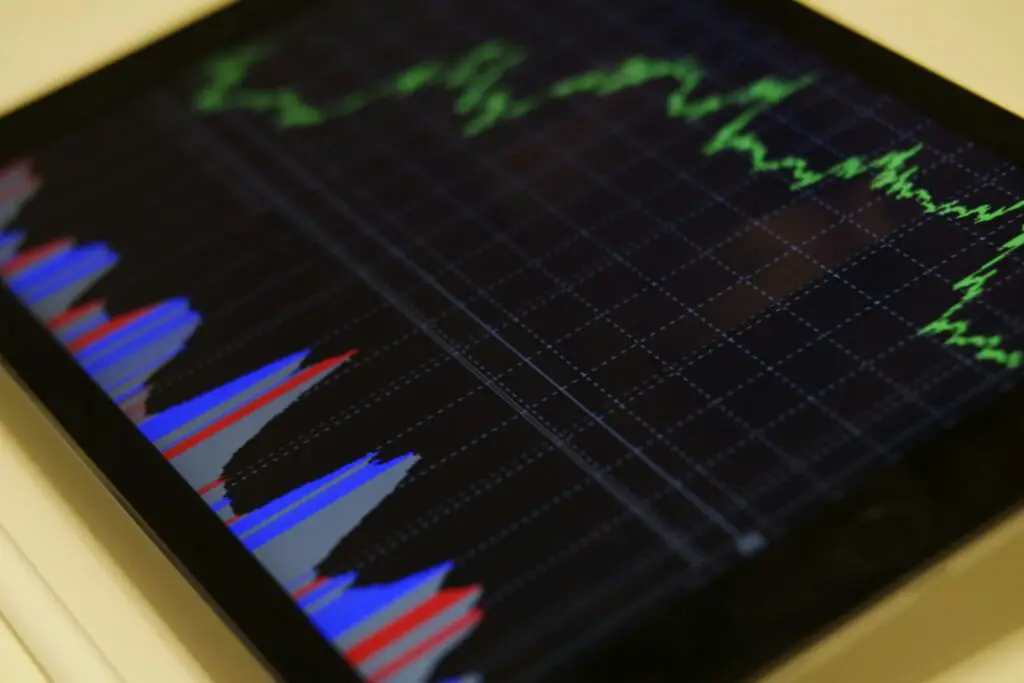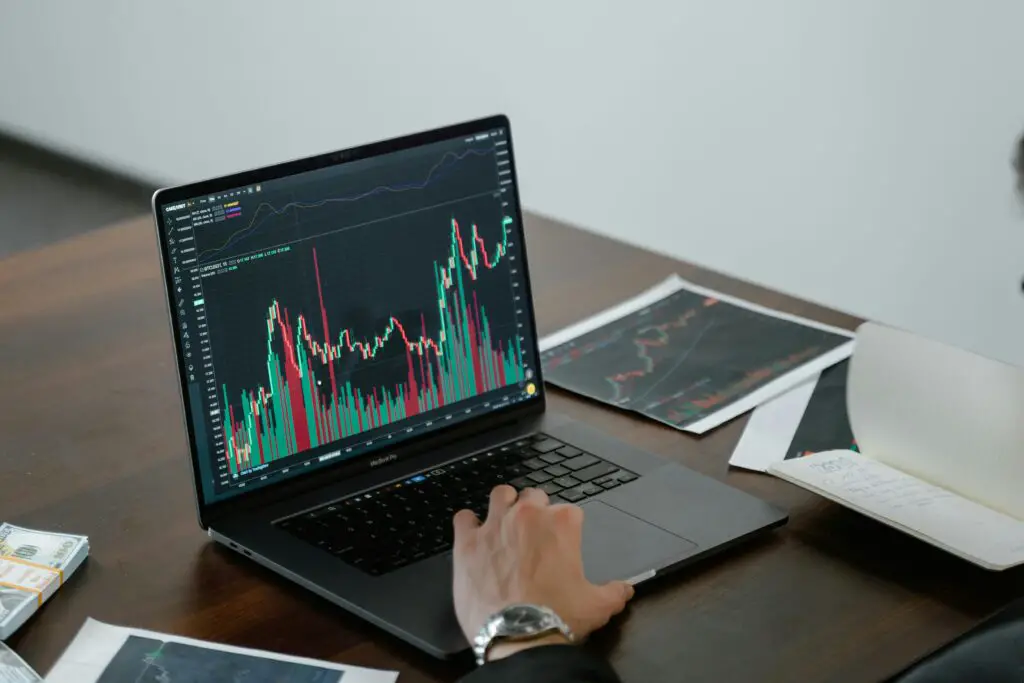In the field of forex trading, copy trading has become a popular approach for both new and seasoned traders. Copy trading, it is a type of social trading in which investors can automatically repeat the deals made by knowledgeable and profitable traders. This makes it possible for people to gain from the experience of others without actively exchanging themselves.
How does copy trading work?
Actual replication of other investors trades is called copy trading, sometimes referred to as mirror trading or social trading. This implies that a trade is automatically copied into the investor’s account when a selected trader carries it out.

What is the process of copy trading?
Copy trading systems facilitate trader-investor communication by offering a click-to-click tool for replicating deals. Investors can peruse the profiles of several traders, evaluating their trading tactics, risk tolerance, and past performance. Once suitable traders have been found, investors can designate a portion of their assets to automatically replicate their transactions.
Comprehending Forex Funds
Understanding forex funds fundamentally is important before diving deeper into copy trading.
Forex funds: what are they?
Investment pools known as forex funds concentrate on trading currencies on the foreign exchange market. Professional traders look after these funds, using various techniques to maximize investors returns.
What is the working mechanism of FX funds?
Like bond funds or hedge funds, these forex funds manage investor capital through a pooling arrangement overseen by a team of experienced traders. These traders make deals on the fund’s behalf using their knowledge and experience to increase investor earnings.
Benefits of Forex Fund Copy Trading
Copy trading forex funds has many benefits for investors wishing to trade the forex market with little training or experience.
lesser learning curve
One of copy trading’s main advantages is that it drastically lowers the learning curve for inexperienced investors. Individuals can use the experience of seasoned traders right away, saving years of research into the forex market and perfecting their trading techniques.
Obtaining access to professional tactics
By copy trading forex funds, investors can access various trading strategies experienced traders use. This exposure can expand investors knowledge of multiple trading strategies and the currency market.

Investment diversification
By distributing risk among several traders and trading techniques, replication trading enables investors to diversify their investment portfolios. Investors may spread their money across several traders with varying risk profiles and trading techniques rather than placing all their eggs in one basket.
Risks Associated with Forex Fund Copy Trading
While copy trading has many benefits, there are still risks to be mindful of.
Dependence on other people’s performance
Investors who engage in copy trading depend on the performance of the trader they select to imitate. Investors can suffer comparable losses if a trader underperforms or loses, even if they have taken measures to control risk or do their market research.
Possibility of losses
Copy trading has the same potential for financial loss as any other type of investing. While seasoned traders may have a successful track record, past results do not indicate future outcomes. Investors need to be ready for the chance that they could lose all of their money.
Failure to regulate transactions
Investors who mimic other traders renounce control over specific deals they make. Due to their lack of power, investors may be exposed to unforeseen market swings or bad outcomes as they cannot take action in real-time or modify trades.
How to Begin Copy Trading Foreign Exchange Funds
Although copy trading is quite simple to begin with, a few important measures must be taken to optimize profits and reduce risks.
Selecting a trustworthy copy trade website
The first step is to pick a trustworthy copy trading platform with a large selection of traders, strong security features, and clear charge schedules.
Analyzing and choosing which traders to replicate
Investors should thoroughly investigate a trader’s performance history, trading method, risk management philosophy, and other relevant factors before committing funds to imitate them.
Defining the parameters of an investment
Investors should establish precise investment parameters, such as capital allocation, risk tolerance, and profit targets, after choosing a trader. It is important to assess and periodically modify these parameters as necessary.

Keeping an eye on and managing investments in copy trading
Sustained management and oversight are necessary for copy trading to succeed in guaranteeing peak efficiency and reducing hazards.
Conducting routine performance evaluations
Investors ought to analyze the performance of the traders they are mimicking regularly, keeping an eye on important indicators such as consistency, drawdowns, and returns. It could be necessary to cease mimicking a trader if their performance declines or is no longer compatible with investment goals.
Adjusting the portfolio as necessary
The copy trading portfolio’s composition may need to change as market conditions change, either by adding new traders, removing underperforming ones, or rebalancing allocations.
Recognizing and controlling risk
In copy trading, risk management is important, and investors must be aware of the possible risks connected with any trader they choose to imitate. This entails knowing the traders strategy’s overall risk profile, leverage utilization, and maximum drawdown.
Monitoring Trading Activity
Monitor the trades made by the traders in your portfolio. This involves keeping an eye on the kinds of instruments being exchanged, their consistency, and their size. Understanding the trading activity might help one understand the trader’s approach to risk management and strategy.
Examining Risk-Reduction Strategies
Examine the risk control strategies that the traders you are emulating have implemented. This entails evaluating their overall risk tolerance, leverage, position sizing, and utilization of stop-loss orders. By being aware of how traders manage risk, you can analyze possible risks and protect your investment cash.
Keeping an eye on market conditions
Updated with market changes and how they could affect the traders in your portfolio. This means staying current on developments in geopolitics, the economy, and other areas that may impact currency markets. Understanding market dynamics enables you to anticipate possible shifts in trader performance and modify your portfolio accordingly.
Portfolio Rebalancing
Check and adjust your copy trading portfolio regularly to ensure it meets your investing goals and risk tolerance. This could involve altering allocation sizes, eliminating underperforming traders, or adding new ones. Rebalancing helps preserve variety and adjust to changing market conditions.
Keeping an eye on losses and drawdowns
Pay particular attention to any losses or drawdowns that the traders in your portfolio encounter. While losses in trading are inevitable, severe or protracted losses can point to deeper problems with a trader’s approach. Keeping an eye on drawdowns enables businesses to protect their wealth and minimize losses promptly.

Conclusion
In conclusion, investors who lack substantial expertise or experience may find that copy trading forex funds is a profitable approach to get involved in the forex market. Investors may learn expert methods, lower their learning curve, and diversify their portfolios by utilizing the experience of seasoned traders. It is important to understand the hazards, though, as they include losing money, being at the mercy of other people performance, and having no control over trades. Investors can optimize the potential advantages of copy trading while minimizing risk by following best practices, carrying out comprehensive studies, and actively managing their investments.